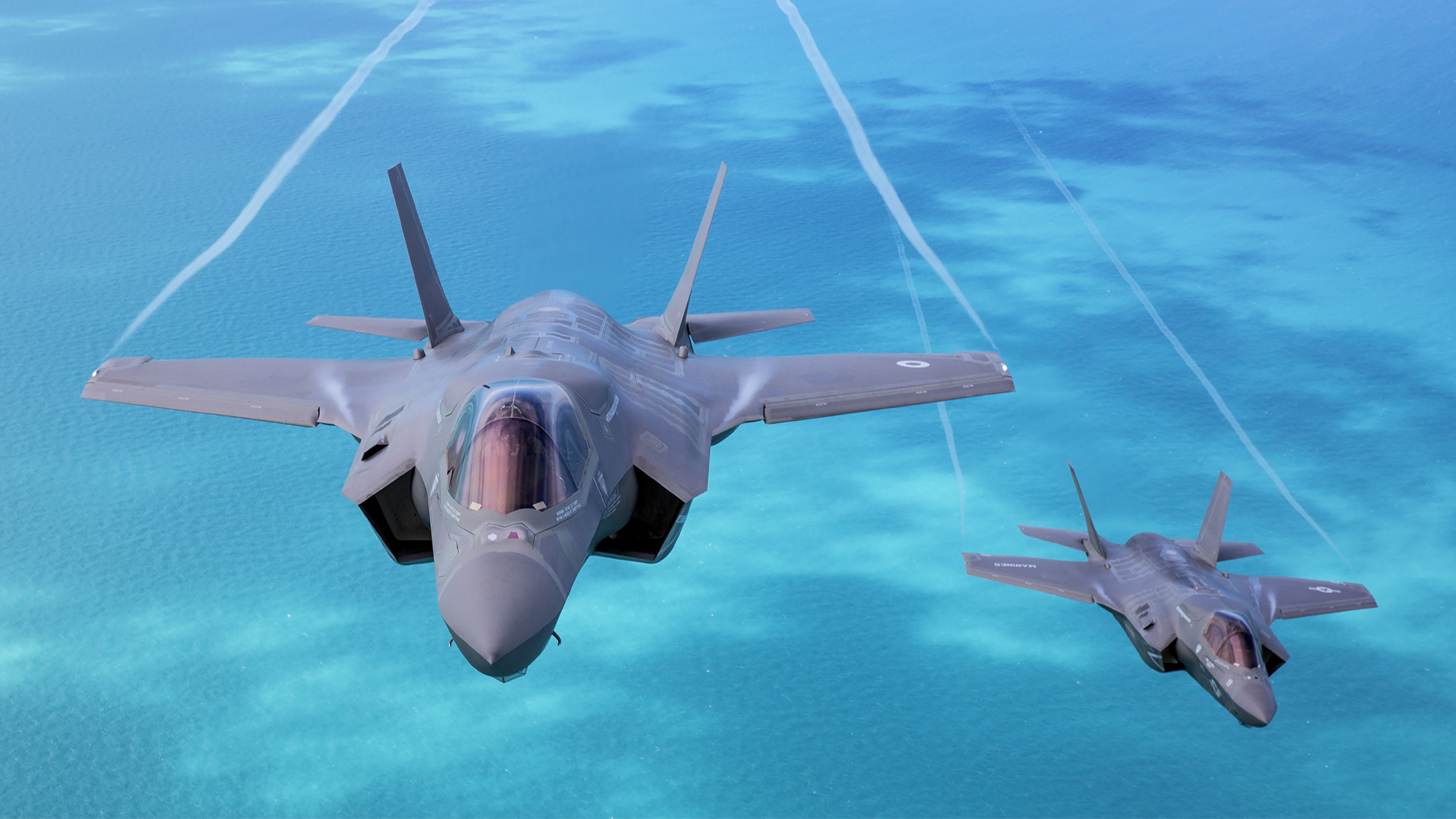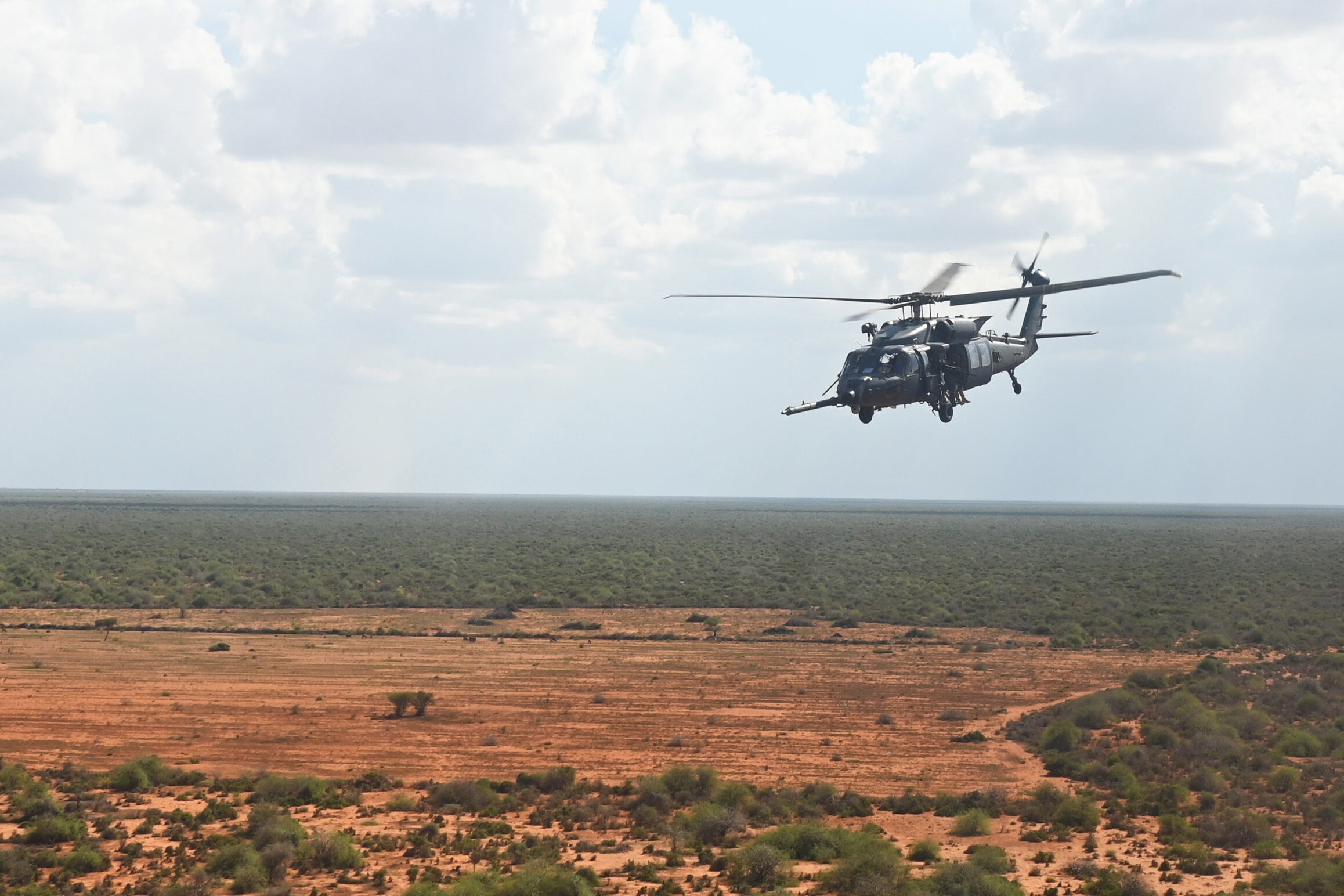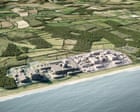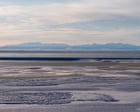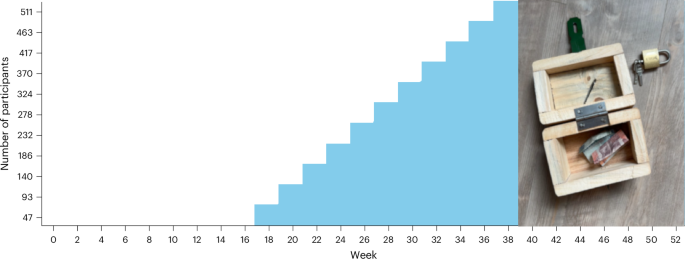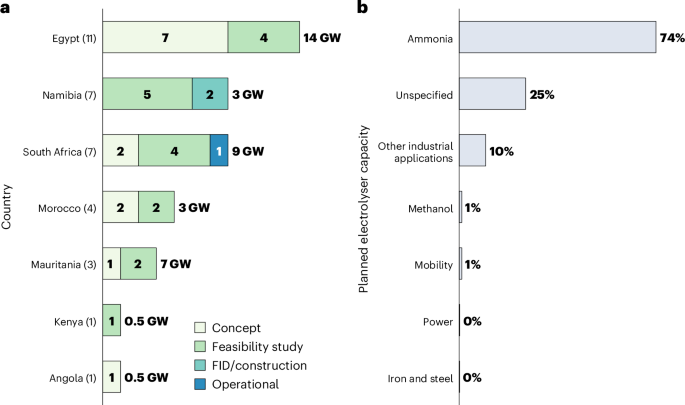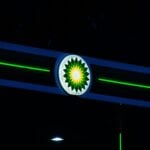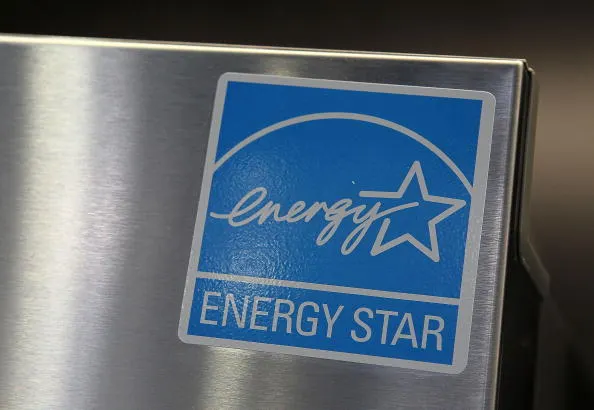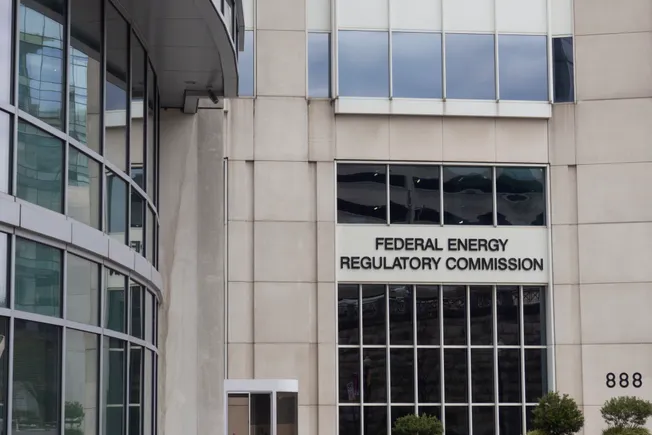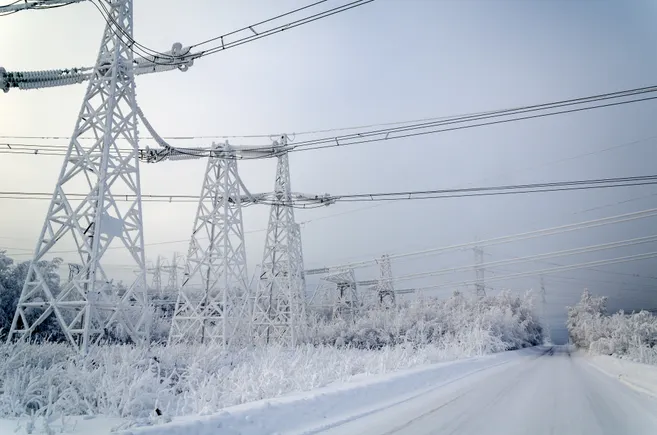As a zero dosage field blend from a hot vintage, Louis Roederer’s newly-launched 2018 Brut Nature may well offer a taste of things to come for Champagne. Louis Thomas reports.
Speaking at the launch event for the 2018 Brut Nature Blanc and Brut Nature Rosé, Louis Roederer managing director Frédéric Rouzaud gave the project a grandiose title, telling the assembled crowd in Paris' Grand Palais: "This cuvée is the Champagne of tomorrow."
The 2018 is the fifth vintage of this wine that Louis Roederer has produced, with the previous expressions being 2006, 2009, 2012 and 2015 – all three years apart, though this is just a coincidence, as these vintages were chosen for their warmth.
Given just how much climate change is dominating discussions in Champagne, especially with regards to how earlier harvests can work in a country which largely takes the entirety of August off, it might seem counter-intuitive to create a fine fizz exclusively from hot years.
"Every edition, we change the farming, the canopy management etc. – we need to mitigate climate change, it’s not about revealing terroir. The reality of climate change is that everything goes faster. What was once 100 days is now 85 days," said chief winemaker Jean-Baptiste Lécaillon. "We used to be fighting for ripeness, now we fight for freshness – it’s a different exercise."
It's almost as if the Brut Nature is Louis Roederer's attempt to practice run climate change, an exercise for its team to prove that it can adapt to the shorter, hotter growing seasons that will become the norm in Champagne sooner rather than later.
Speaking with a certainty which suits his professorial manner, Lécaillon revealed that there will indeed be a Brut Nature from the 2025 vintage: "This year will be a Brut Nature year again, we will pick at the end of August – flowering is next week [this week at the time of publication]. 2024 on the other hand was a wet, slow cycle year."
Colour coordination
2012 marked the first vintage that Louis Roederer produced the Brut Nature Rosé, something which Lécaillon remarked came about due to a request from Philippe Starck, the designer of the Brut Nature's packaging: “In 2012, Philippe wanted to make a grey wine, because he liked the colour, but I explained that in wine, grey often means dead, so I said I could make a nice pink one!”
Louis Roederer also made Brut Nature Rosé in 2015 and, as mentioned, 2018. These are produced using the technique of infusion, whereby the de-stemmed berries are left at a very cool temperature to promote light colour extraction without fermentation, the juice is then blended with white grape juice and that is then vinified.
In the case of the 2018, the white varieties were picked on 2 September, while the ripest red grapes were harvested five days prior, enabling a head start on the infusion process.
If the quality of the 2015 blanc and rosé tasted last week is anything to go by, cellaring shouldn't be too much of an issue for the 2018s either – these aren't Champagnes lacking an acidic backbone to support them as they get older, though Lécaillon does not view his wine through the sparkling prism: “I don’t think you should drink them at the same temperatures as classic Champagne – they don’t vibrate the same way with temperature. The vintage plays a big role. I try to see this wine more as a still wine with bubbles than as a Champagne, the bitterness is not the same, everything is amplified.”
In the vineyard
One key distinction from the house's most famous Champagne, Cristal, is that whereas that is the product of the micro-vinification of 45 plots at present (with a further 25 plots set aside but still too young to be used for the cuvée), Brut Nature is a co-harvested and co-fermented field blend sourced from a 10 hectare vineyard in the clay-rich soil of Cumières, overlooking the Marne river.

The southerly orientation of the vineyard means that ripeness is seldom an issue, as Lécaillon mentioned. Louis Roederer sources the Pinot Noir for its vintage rosé from nearby plots. The clay content of the soil and use of cover-cropping prevented water stress, even as summer temperatures climbed.
A new addition to the composition of the 2018 Brut Nature is a small proportion of Pinot Blanc, an inclusion which Lécaillon said was "the first variety I introduced after Pinot Noir, Chardonnay and Meunier because it has a kind of sweetness and juiciness that you need when you have no dosage".
From the 2022 vintage onwards, this blend of four grapes will become six, as Petit Meslier and Arbane were included, a decision which Lécaillon said was in order to "stretch the acidity".
Outer appearances
The key word which kept coming up during the official presentation of the two new wines at the Grand Palais last week was "minimalism".

The new edition's pared-back design was printed directly onto the bottle, sans label, conveying what designer Starck referred to as "inner joy" – the logic being that it allows the wine within to speak for itself. And indeed it does, with the taut, vibrant red and citrus fruit of the rosé and the more opulent, generous (or, to be controversial, 'richer') blanc both shining in their own right.
Louis Roederer is certainly not the only Champagne house to be dabbling with grape varieties beyond the big three, but the idea of seeking out heat for the production of a prestige cuvée at a time when cooler vintages are increasingly in vogue is not only journalistically intriguing; if the climatic outlook is correct, what Lécaillon has learnt from Brut Nature production over the last 19 years will become vital knowledge for what will be an inescapably warm, alarmingly near future.

 The southerly orientation of the vineyard means that ripeness is seldom an issue, as Lécaillon mentioned. Louis Roederer sources the Pinot Noir for its vintage rosé from nearby plots. The clay content of the soil and use of cover-cropping prevented water stress, even as summer temperatures climbed.
A new addition to the composition of the 2018 Brut Nature is a small proportion of Pinot Blanc, an inclusion which Lécaillon said was "the first variety I introduced after Pinot Noir, Chardonnay and Meunier because it has a kind of sweetness and juiciness that you need when you have no dosage".
From the 2022 vintage onwards, this blend of four grapes will become six, as Petit Meslier and Arbane were included, a decision which Lécaillon said was in order to "stretch the acidity".
The southerly orientation of the vineyard means that ripeness is seldom an issue, as Lécaillon mentioned. Louis Roederer sources the Pinot Noir for its vintage rosé from nearby plots. The clay content of the soil and use of cover-cropping prevented water stress, even as summer temperatures climbed.
A new addition to the composition of the 2018 Brut Nature is a small proportion of Pinot Blanc, an inclusion which Lécaillon said was "the first variety I introduced after Pinot Noir, Chardonnay and Meunier because it has a kind of sweetness and juiciness that you need when you have no dosage".
From the 2022 vintage onwards, this blend of four grapes will become six, as Petit Meslier and Arbane were included, a decision which Lécaillon said was in order to "stretch the acidity".
 The new edition's pared-back design was printed directly onto the bottle, sans label, conveying what designer Starck referred to as "inner joy" – the logic being that it allows the wine within to speak for itself. And indeed it does, with the taut, vibrant red and citrus fruit of the rosé and the more opulent, generous (or, to be controversial, 'richer') blanc both shining in their own right.
Louis Roederer is certainly not the only Champagne house to be dabbling with grape varieties beyond the big three, but the idea of seeking out heat for the production of a prestige cuvée at a time when cooler vintages are increasingly in vogue is not only journalistically intriguing; if the climatic outlook is correct, what Lécaillon has learnt from Brut Nature production over the last 19 years will become vital knowledge for what will be an inescapably warm, alarmingly near future.
The new edition's pared-back design was printed directly onto the bottle, sans label, conveying what designer Starck referred to as "inner joy" – the logic being that it allows the wine within to speak for itself. And indeed it does, with the taut, vibrant red and citrus fruit of the rosé and the more opulent, generous (or, to be controversial, 'richer') blanc both shining in their own right.
Louis Roederer is certainly not the only Champagne house to be dabbling with grape varieties beyond the big three, but the idea of seeking out heat for the production of a prestige cuvée at a time when cooler vintages are increasingly in vogue is not only journalistically intriguing; if the climatic outlook is correct, what Lécaillon has learnt from Brut Nature production over the last 19 years will become vital knowledge for what will be an inescapably warm, alarmingly near future. 










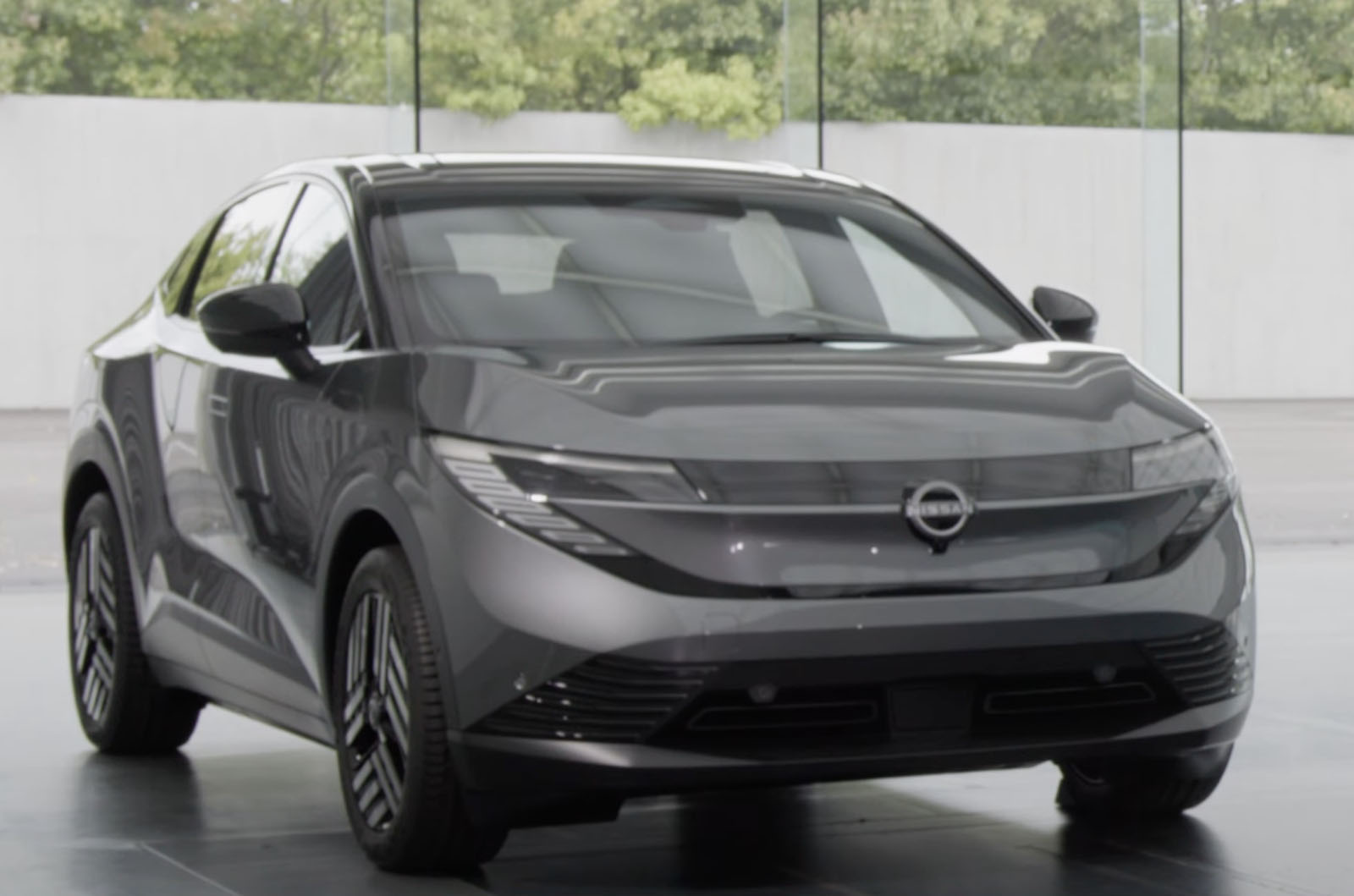

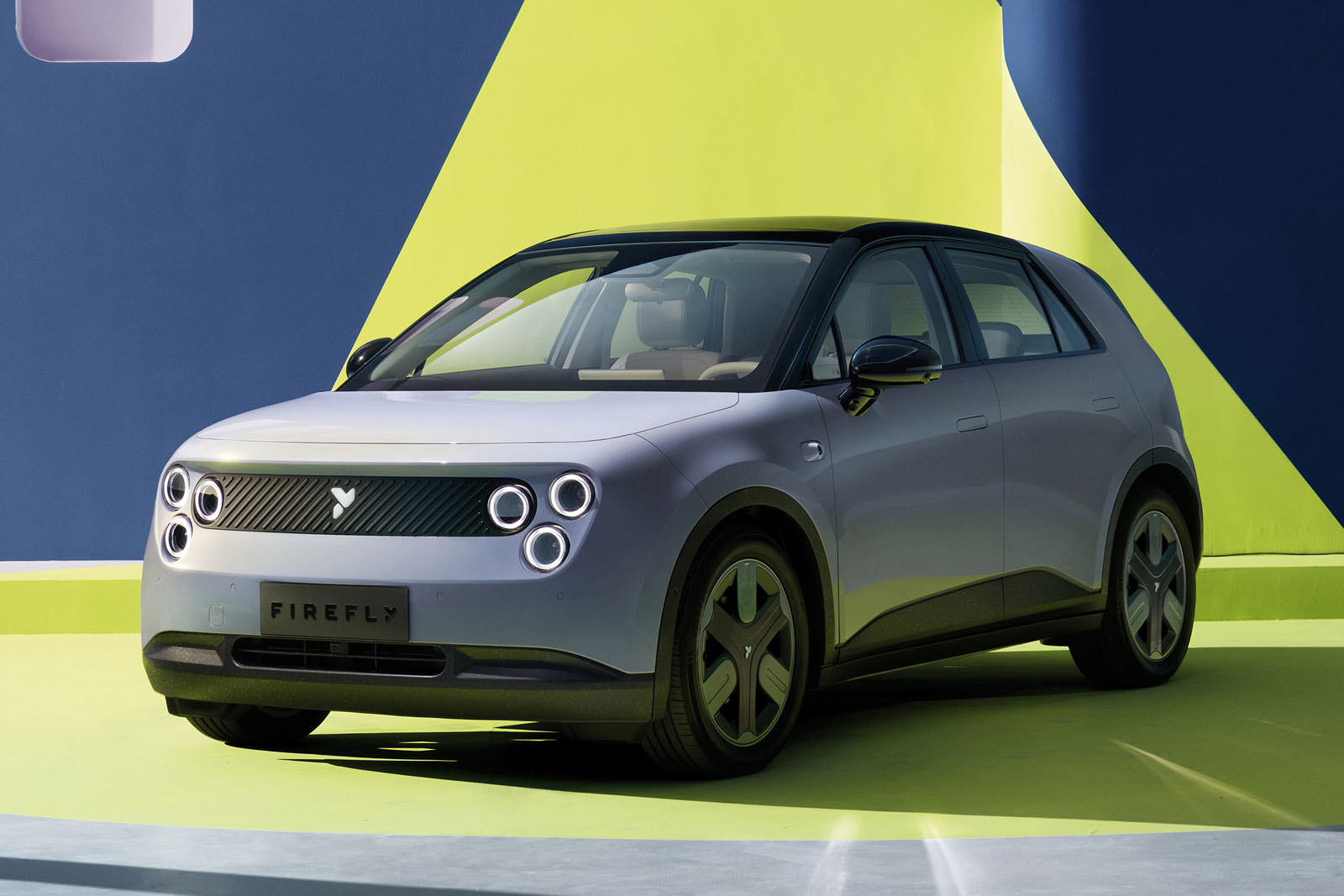
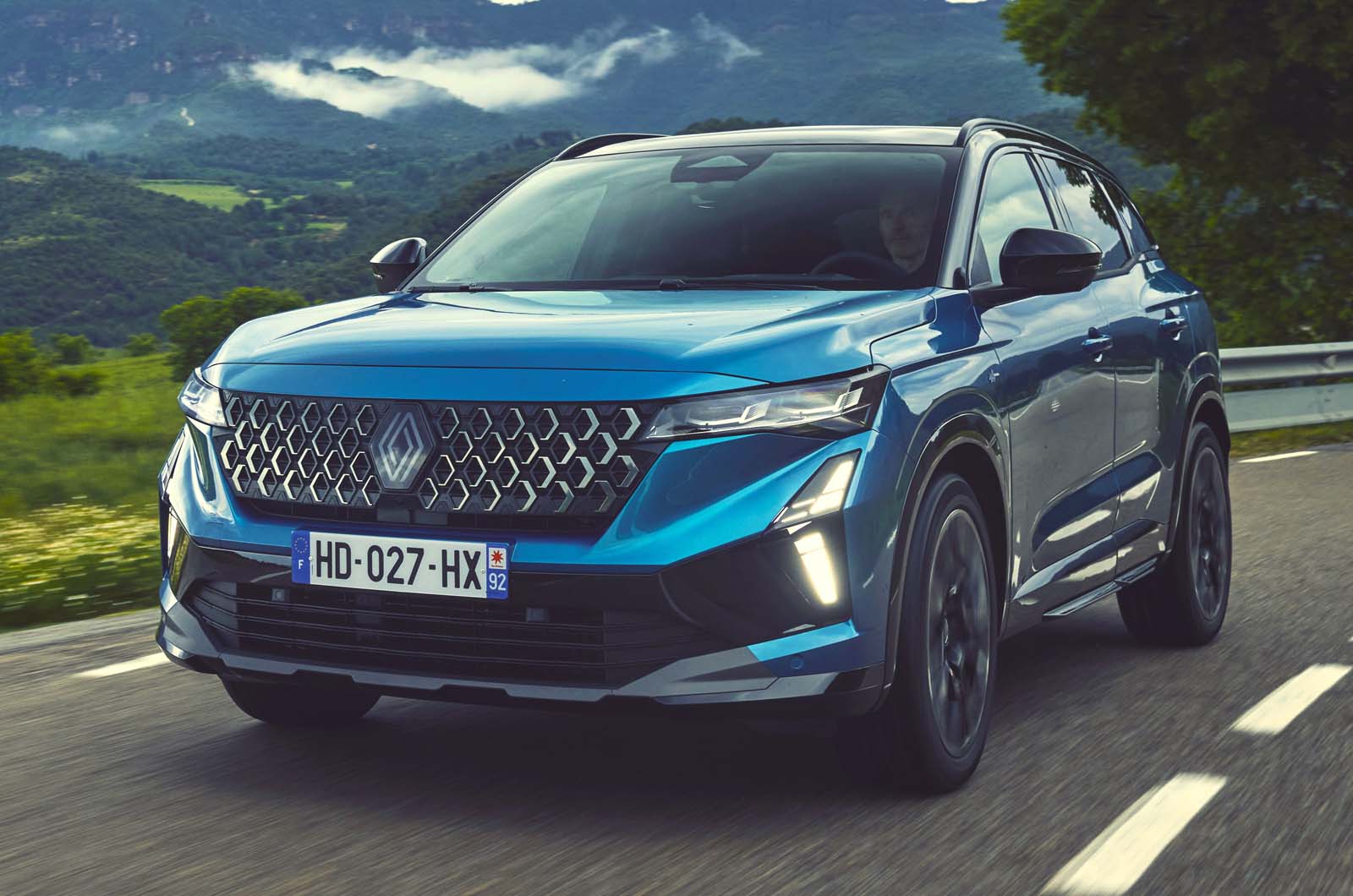

























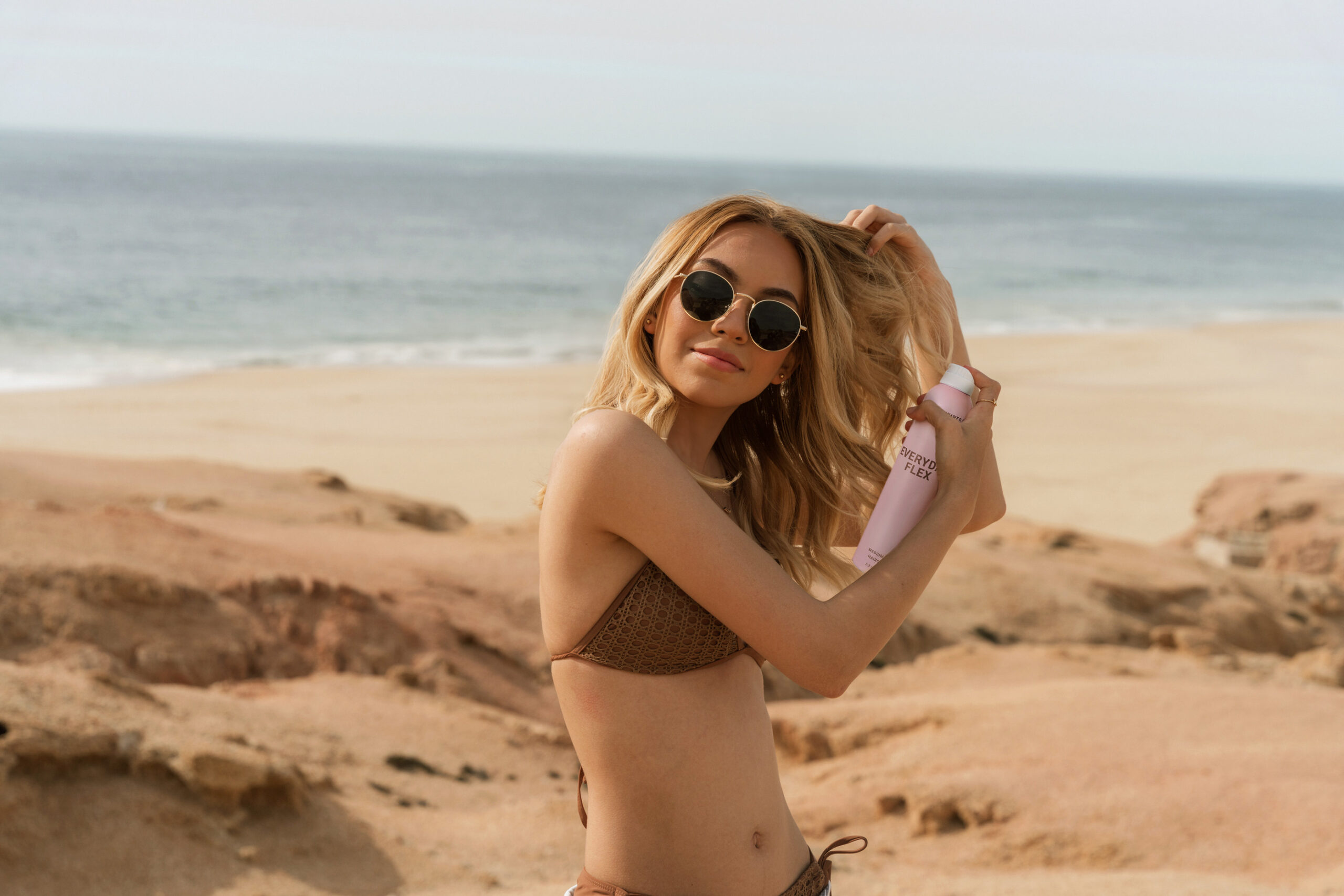
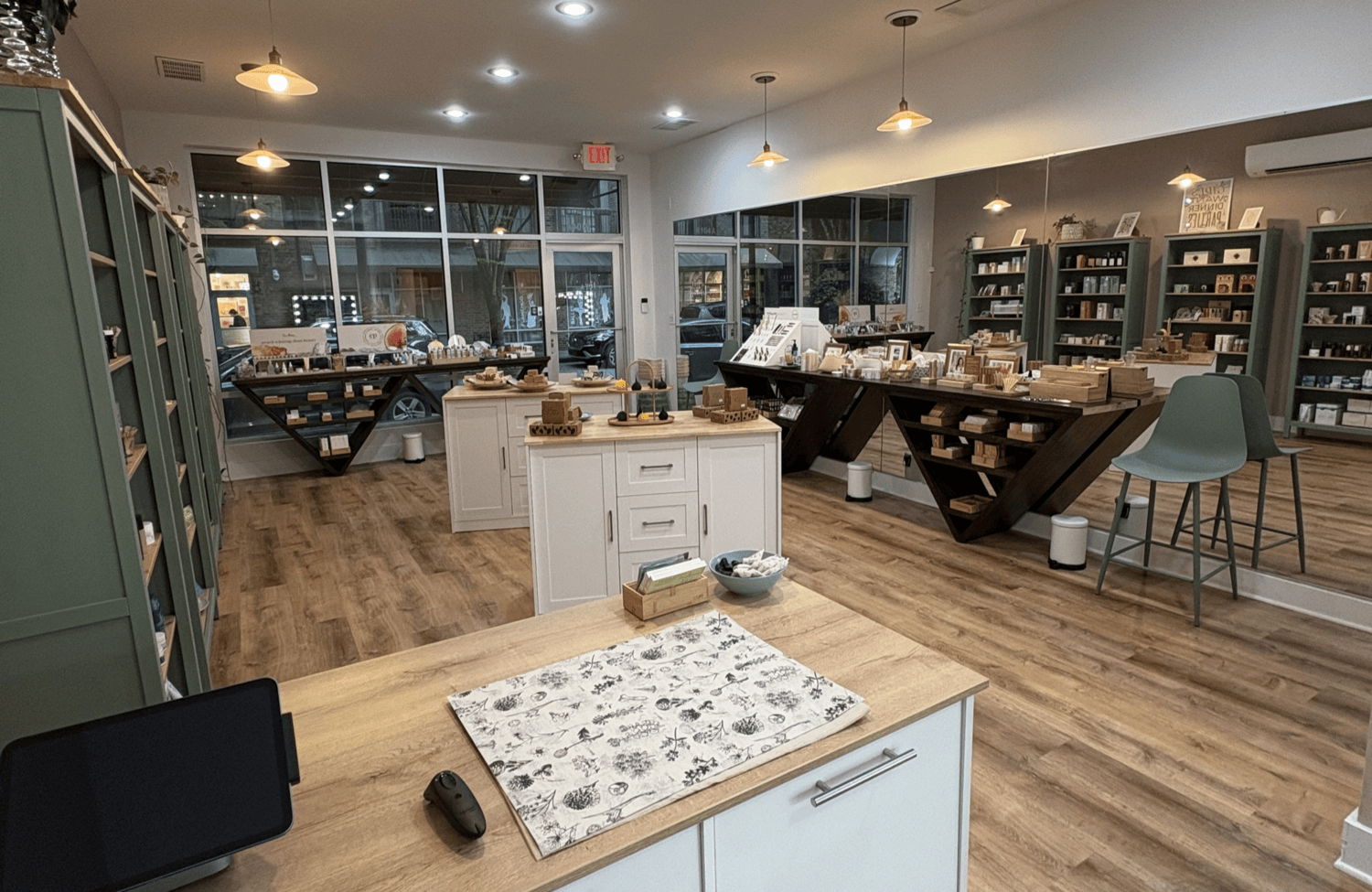
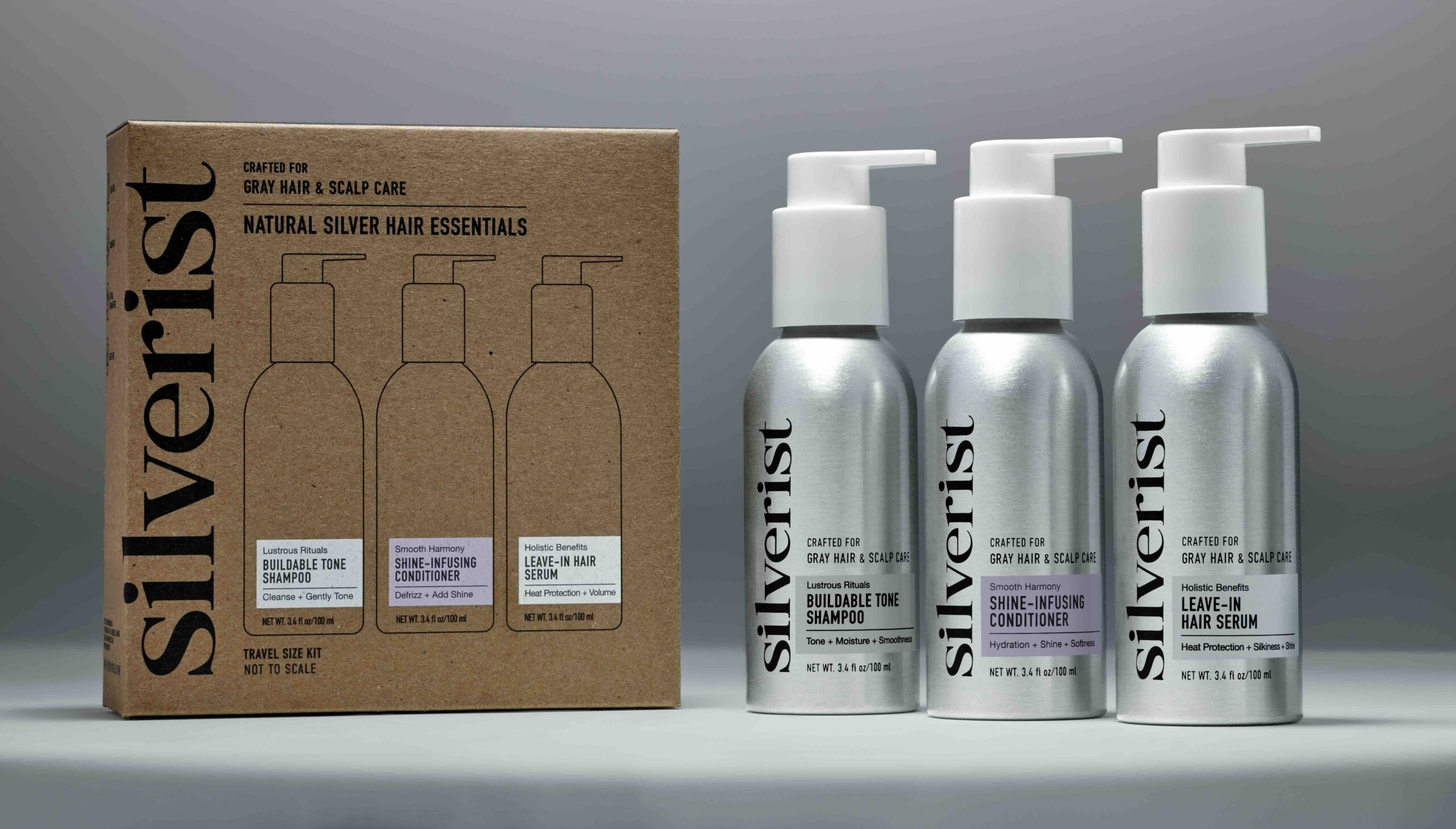
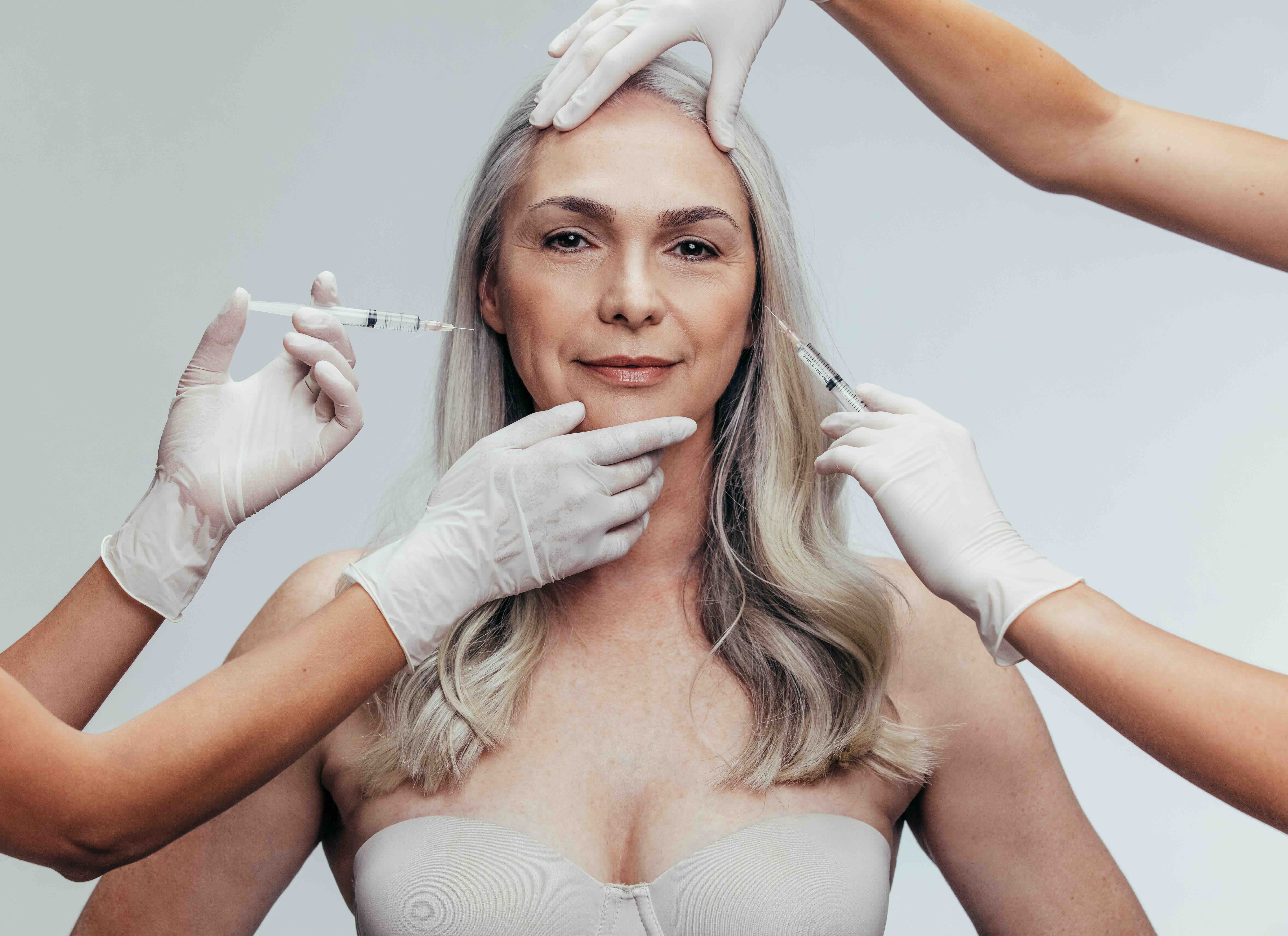

















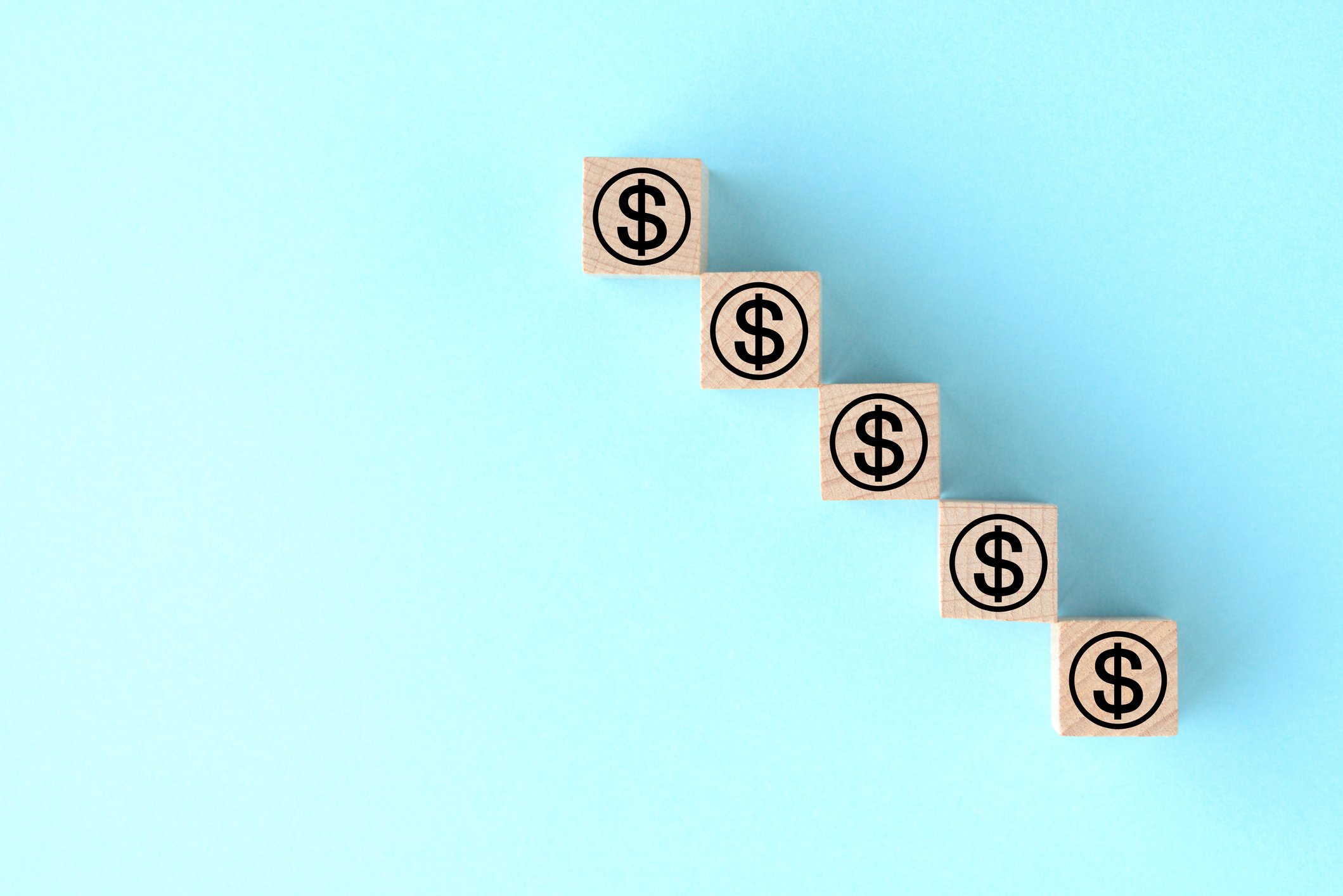
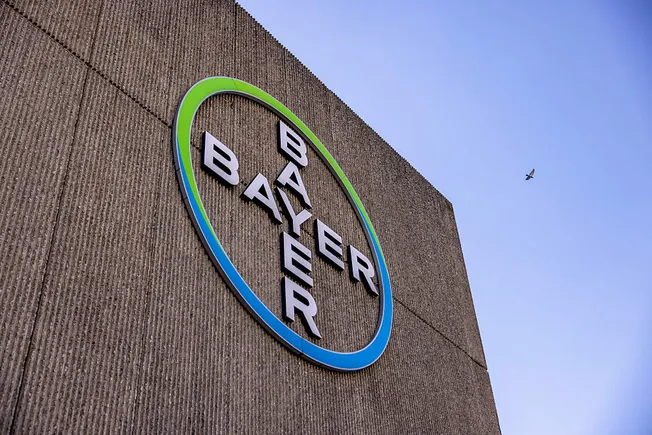
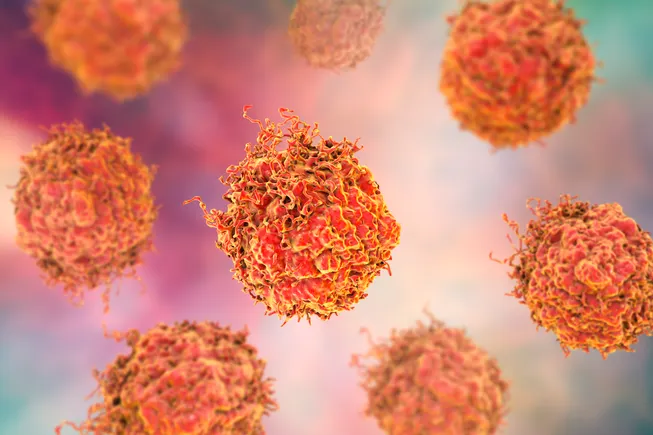
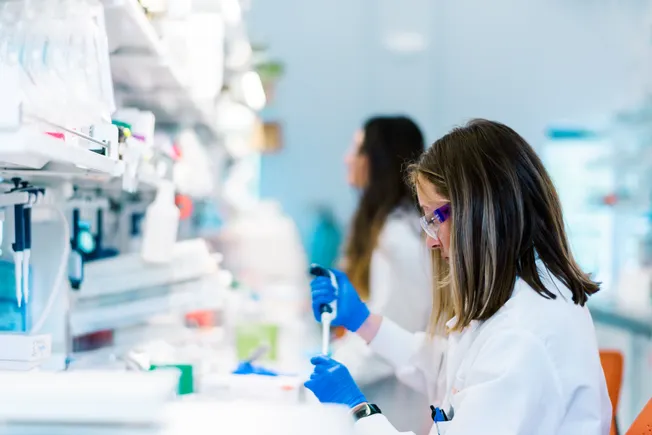
















![[Video] The Weekly Break Out Ep. 20: Pacific policy in Singapore and the UK’s new defense plan](https://breakingdefense.com/wp-content/uploads/sites/3/2025/06/Break-Out-ep-20-thumb-Play-Button.jpg?#)


















